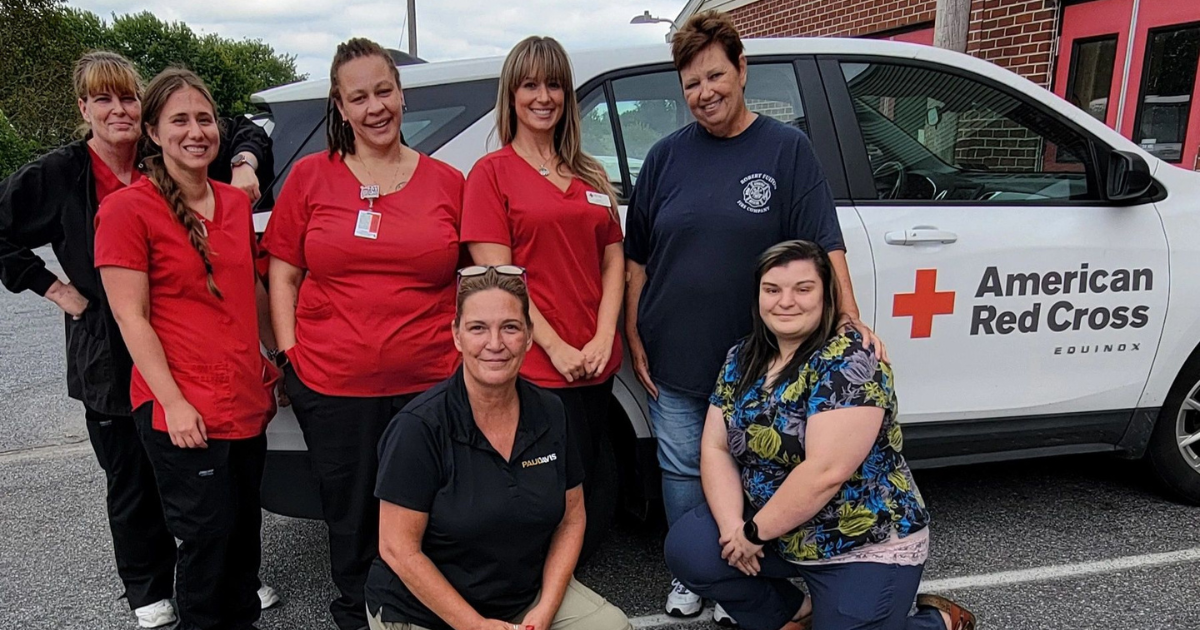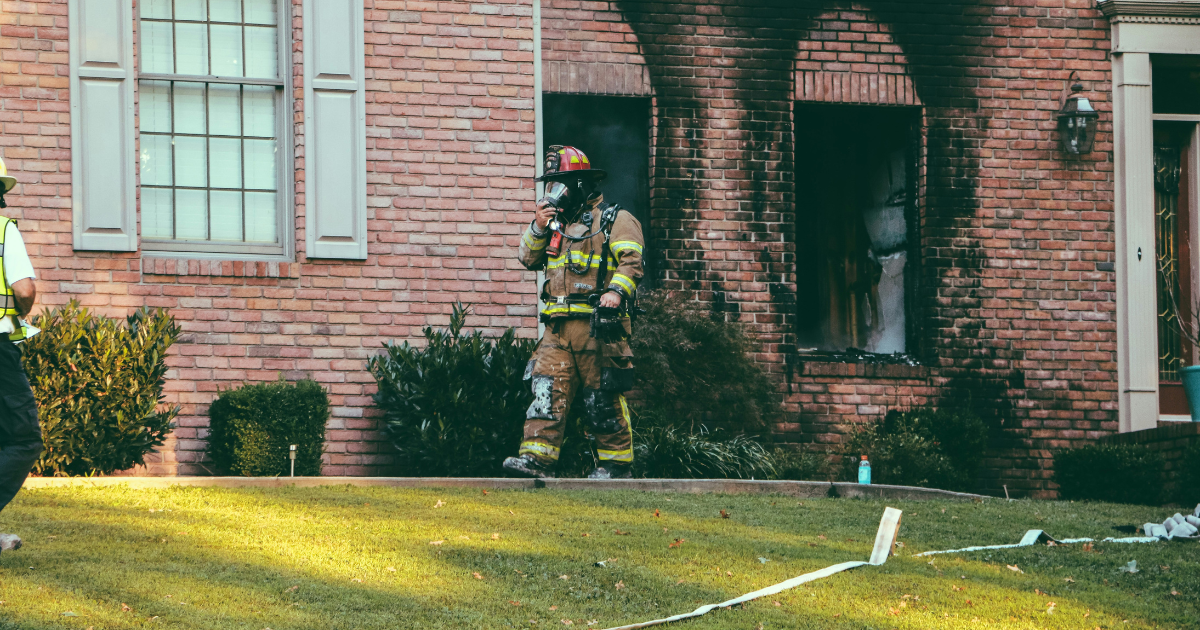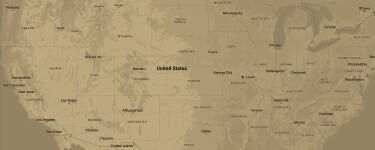Senior care facilities help older folks maintain dignity, extend independence, connect socially and stay safe. But these facilities are at special risk for floods and fires due to their resident population. Hearing deficits, mobility and strength problems, forgetfulness and lax resident safety practices all mean that fixtures can leak unnoticed, and flames can grow quietly out of control.
“Special care is absolutely necessary during mitigation and restoration because a vulnerable, fragile population has been affected,” says Brady Chuckel, President and CEO of Paul Davis Restoration of Southeast Wisconsin, who notes that intensifying weather threatens senior care facilities, too. “Restoration must be carefully choreographed with sensitivity, speed and skill to return the community to normal as fast as possible.”
Why is property damage restoration so challenging at senior care facilities?
Difficult relocation: For many restoration projects occupants can be temporarily relocated during repairs. Relocating senior care residents is difficult or impossible due to health challenges, care disruptions, mobility issues and accessibility concerns.
Project complexity: Senior care facilities have intricate building processes and functions designed to meet high resident needs: extensive plumbing, medical facilities and supplies, robust HVAC systems, commercial kitchens and high quantities of general and medical waste. When damage occurs, multiple critical systems are often affected and demand concurrent restoration by skilled teams.
Disrupted routines: Disrupted habits and environments are particularly difficult for seniors to navigate. Altered surroundings and routines can cause falls, wandering, confusion and distress. To protect residents, restoration activities must be screened off, staged, scheduled and timed to reduce noise and disruption. Repairs must accommodate healthcare needs, mealtimes and quiet hours.
Health concerns: Because seniors have compromised immune systems, they are more vulnerable to health challenges than younger people. If a flood has occurred, project teams must thoroughly identify and treat moisture and mold risks. If a fire has occurred, technicians must carefully delineate and remove smoke odors and soot deposits to avoid health impacts. Dust must be minimized, too.
Communications: Posting signs and sending emails aren’t enough to help residents understand the damage and repair plans. Seniors have a range of faculties, with some possessing no digital skills and rudimentary reading comprehension. Experienced restoration firms understand how to help staff keep residents informed.
“Paul Davis is a perfect company to tackle these sensitive projects because our processes and resources speed restoration while minimizing disruption,” Chuckel concludes. “From digital platforms that map damaged areas remotely, to document sharing technologies that reduce on-site foot traffic, we’re ready to help these critical facilities get back to normal after floods and fires.”











